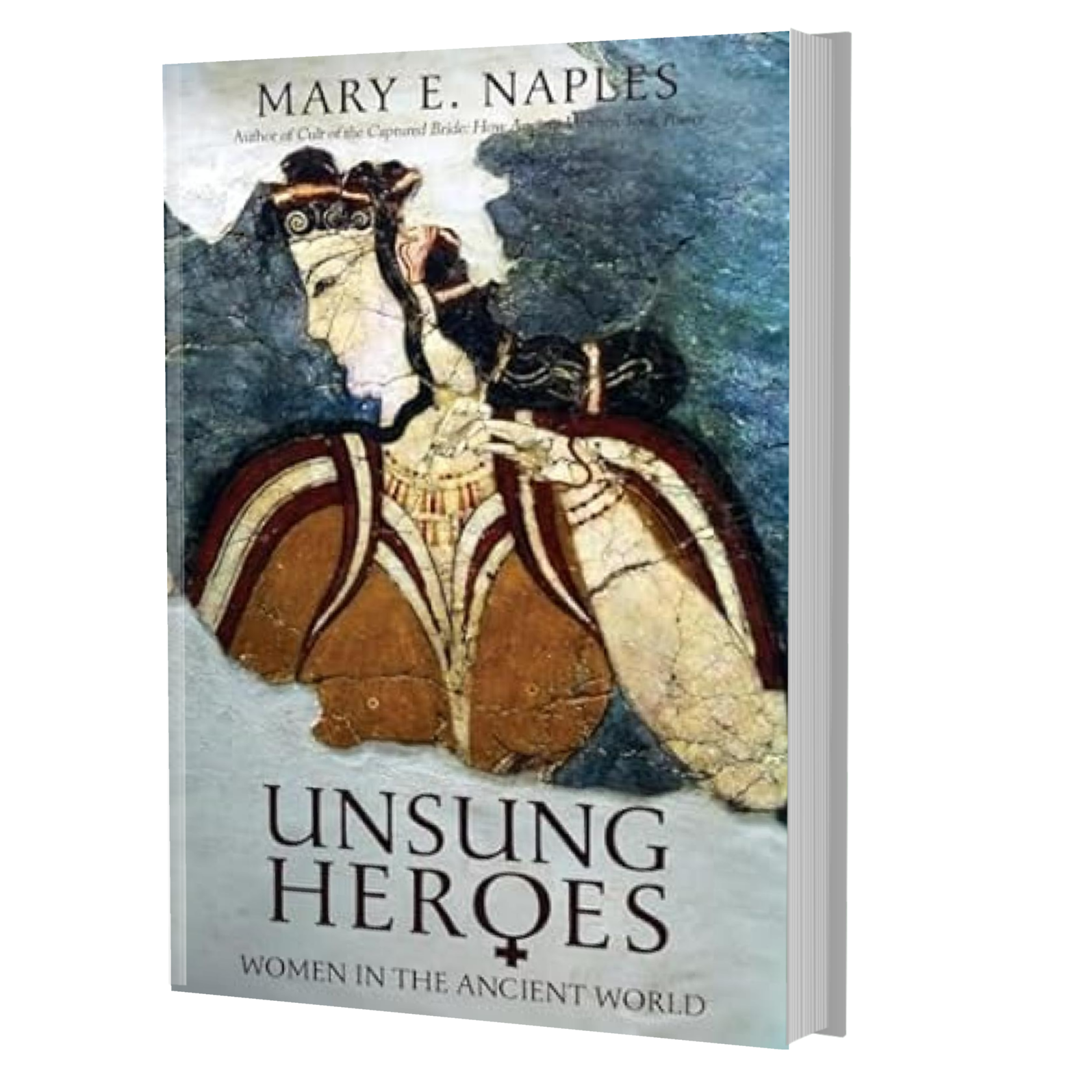It was love at first sight when Achilles locked eyes with the famed Amazon warrior queen, Penthesilea. Romance, however, was the last thing on his mind. Alas, poor Penthesilea—Achilles would realize his love for her only after driving a bronze spearhead into her chest.

Unquestionably, this mightiest of Greek heroes was felled once her helmet was lifted revealing Penthesilea’s savage beauty “undimmed by death.” The Aethiopis reports that Achilles suffered pangs of mourning as intense as those he felt from the loss of his beloved Patroclus. But Achilles was not alone among Greek heroes to battle, then fall for an Amazon.
Combatting Amazons was a yardstick with which to measure the bravery of Greek heroes. During a vignette that sounds suspiciously like rape, in the ninth of his twelve labors, Heracles was forced to strip the magical “war-belt” or girdle off the warrior-queen, Hippolyta. Unsurprisingly, it did not go well for the Amazon queen. Evidently unaware of his own brutish strength, the mighty Heracles, while attempting to disrobe Hippolyta, wound up killing her instead. Finally—according to one tradition—Theseus, the mythological first king of Athens, battled then married yet another Amazon queen, Antiope, who would become queen of Athens sparking a war between the Amazons and the Athenians, termed Amazonomachy (Amazon battle). Predictably, the Amazons were routed. In each of these tales, although defeated, the Amazon is treated honorably at the hands of a Greek hero; or in the case of Antiope, is treated no less than a Greek woman—about as much as the fairer sex can expect from a Greek man.

Renowned for their courage and bravery against Greek heroes and gods alike—Amazons were a notorious force with which to be reckoned. In fact, their popularity even made them a subject in artwork and statuary adorning public, private, and sacred spaces across the Greek world. Their ferocious personas were often depicted sporting pants and hurling javelins from the seats of their attendant steeds. Perhaps the fame of the Amazons could be due, in part, to their being antithetical to everything the Greeks held dear in womanhood. After all, for the hyper-patriarchal Greeks, there was no culture in the ancient world—regardless of how diverse—that represented “other” more than the combatant, independent, male-hating Amazons. This could help explain why in vase art Amazons were second only in popularity to the colossal Heracles himself. Moreover, even children were influenced by them; dolls depicting Amazons’ distinctive headgear have been found in the graves of young girls throughout the Greek world.
Steeped in Greek culture, Amazons were acknowledged by none other than Plato as the “equals of men” and reported as historical fact by the ancients. Since then, however, scholars have considered Amazons to be in the realm of mythology. Who could blame them? After all, the notion that the weaker sex could be on an equal footing in battle against male counterparts seemed too absurd to be believed. Since the emergence of DNA testing, however, it has been determined once and for all that the Amazons were not a figment of the Greek’s fertile imagination.
……………………………

Why did the Amazons take the Greek world by force? Find out in my book Unsung Heroes on Amazon.
